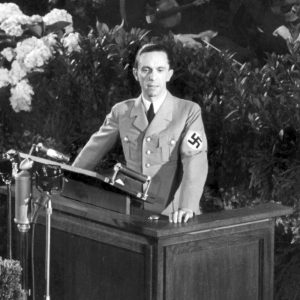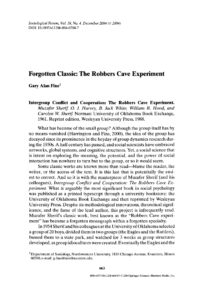For more detailed information visit: conspiracy-theories.eu
The term “conspiracy theory” was invented and put into public discourse by the CIA in 1964 in order to discredit the many skeptics who challenged the Warren Commission’s conclusion that President John F. Kennedy was assassinated by a lone gunman named Lee Harvey Oswald, who himself was assassinated while in police custody before he could be questioned. The CIA used its friends in the media to launch a campaign to make suspicion of the Warren Commission report a target of ridicule and hostility. This campaign was “one of the most successful propaganda initiatives of all time.”
This writes political science professor Lance deHaven-Smith, in his peer-reviewed book which was published by the University of Texas Press. He reports the story of how the CIA succeeded in creating in the public mind uncritical, reflexive, automatic, (System 1) stigmatization of those who challenge official government explanations (cf. ostracism).

CIA Document #1035-960
RE: Concerning Criticism of the Warren Report
Note: Released in response to a 1976 FOIA request by the New York Times. The document shows how the term “conspiracy” is being utilised to prevent critical rational analysis and “dissenting” perspectives.
1. Our Concern. From the day of President Kennedy’s assassination on, there has been speculation about the responsibility for his murder. Although this was stemmed for a time by the Warren Commission report, (which appeared at the end of September 1964), various writers have now had time to scan the Commission’s published report and documents for new pretexts for questioning, and there has been a new wave of books and articles criticizing the Commission’s findings. In most cases the critics have speculated as to the existence of some kind of conspiracy, and often they have implied that the Commission itself was involved. Presumably as a result of the increasing challenge to the Warren Commission‘s report, a public opinion poll recently indicated that 46% of the American public did not think that Oswald acted alone, while more than half of those polled thought that the Commission had left some questions unresolved. Doubtless polls abroad would show similar, or possibly more adverse results.
2. This trend of opinion is a matter of concern to the U.S. government, including our organization. The members of the Warren Commission were naturally chosen for their integrity, experience and prominence. They represented both major parties, and they and their staff were deliberately drawn from all sections of the country. Just because of the standing of the Commissioners, efforts to impugn their rectitude and wisdom tend to cast doubt on the whole leadership of American society. Moreover, there seems to be an increasing tendency to hint that President Johnson himself, as the one person who might be said to have benefited, was in some way responsible for the assassination.
Innuendo of such seriousness affects not only the individual concerned, but also the whole reputation of the American government. Our organization itself is directly involved: among other facts, we contributed information to the investigation. Conspiracy theories have frequently thrown suspicion on our organization, for example by falsely alleging that Lee Harvey Oswald worked for us. The aim of this dispatch is to provide material countering and discrediting the claims of the conspiracy theorists, so as to inhibit the circulation of such claims in other countries. Background information is supplied in a classified section and in a number of unclassified attachments.
3. Action. We do not recommend that discussion of the assassination question be initiated where it is not already taking place. Where discussion is active [business] addresses are requested:
a. To discuss the publicity problem with [?] and friendly elite contacts (especially politicians and editors), pointing out that the Warren Commission made as thorough an investigation as humanly possible, that the charges of the critics are without serious foundation, and that further speculative discussion only plays into the hands of the opposition. Point out also that parts of the conspiracy talk appear to be deliberately generated by Communist propagandists. Urge them to use their influence to discourage unfounded and irresponsible speculation.
b. To employ propaganda assets to [negate] and refute the attacks of the critics. Book reviews and feature articles are particularly appropriate for this purpose. The unclassified attachments to this guidance should provide useful background material for passing to assets. Our ploy should point out, as applicable, that the critics are (I) wedded to theories adopted before the evidence was in, (I) politically interested, (III) financially interested, (IV) hasty and inaccurate in their research, or (V) infatuated with their own theories. In the course of discussions of the whole phenomenon of criticism, a useful strategy may be to single out Epstein‘s theory for attack, using the attached Fletcher [?] article and Spectator piece for background. (Although Mark Lane’s book is much less convincing that Epstein‘s and comes off badly where confronted by knowledgeable critics, it is also much more difficult to answer as a whole, as one becomes lost in a morass of unrelated details.)
4. In private to media discussions not directed at any particular writer, or in attacking publications which may be yet forthcoming, the following arguments should be useful:
a. No significant new evidence has emerged which the Commission did not consider. The assassination is sometimes compared (e.g., by Joachim Joesten and Bertrand Russell) with the Dreyfus case; however, unlike that case, the attack on the Warren Commission have produced no new evidence, no new culprits have been convincingly identified, and there is no agreement among the critics. (A better parallel, though an imperfect one, might be with the Reichstag fire of 1933, which some competent historians (Fritz Tobias, AJ.P. Taylor, D.C. Watt) now believe was set by Vander Lubbe on his own initiative, without acting for either Nazis or Communists; the Nazis tried to pin the blame on the Communists, but the latter have been more successful in convincing the world that the Nazis were to blame.)
b. Critics usually overvalue particular items and ignore others. They tend to place more emphasis on the recollections of individual witnesses (which are less reliable and more divergent–and hence offer more hand-holds for criticism) and less on ballistics, autopsy, and photographic evidence. A close examination of the Commission’s records will usually show that the conflicting eyewitness accounts are quoted out of context, or were discarded by the Commission for good and sufficient reason.
c. Conspiracy on the large scale often suggested would be impossible to conceal in the United States, esp. since informants could expect to receive large royalties, etc. Note that Robert Kennedy, Attorney General at the time and John F. Kennedy’s brother, would be the last man to overlook or conceal any conspiracy. And as one reviewer pointed out, Congressman Gerald R. Ford would hardly have held his tongue for the sake of the Democratic administration, and Senator Russell would have had every political interest in exposing any misdeeds on the part of Chief Justice Warren. A conspirator moreover would hardly choose a location for a shooting where so much depended on conditions beyond his control: the route, the speed of the cars, the moving target, the risk that the assassin would be discovered. A group of wealthy conspirators could have arranged much more secure conditions.
d. Critics have often been enticed by a form of intellectual pride: they light on some theory and fall in love with it; they also scoff at the Commission because it did not always answer every question with a flat decision one way or the other. Actually, the make-up of the Commission and its staff was an excellent safeguard against over-commitment to any one theory, or against the illicit transformation of probabilities into certainties.
e. Oswald would not have been any sensible person’s choice for a co-conspirator. He was a “loner,” mixed up, of questionable reliability and an unknown quantity to any professional intelligence service.
f. As to charges that the Commission’s report was a rush job, it emerged three months after the deadline originally set. But to the degree that the Commission tried to speed up its reporting, this was largely due to the pressure of irresponsible speculation already appearing, in some cases coming from the same critics who, refusing to admit their errors, are now putting out new criticisms.
g. Such vague accusations as that “more than ten people have died mysteriously” can always be explained in some natural way e.g.: the individuals concerned have for the most part died of natural causes; the Commission staff questioned 418 witnesses (the FBI interviewed far more people, conduction 25,000 interviews and re interviews), and in such a large group, a certain number of deaths are to be expected. (When Penn Jones, one of the originators of the “ten mysterious deaths” line, appeared on television, it emerged that two of the deaths on his list were from heart attacks, one from cancer, one was from a head-on collision on a bridge, and one occurred when a driver drifted into a bridge abutment.)
5. Where possible, counter speculation by encouraging reference to the Commission’s Report itself. Open-minded foreign readers should still be impressed by the care, thoroughness, objectivity and speed with which the Commission worked. Reviewers of other books might be encouraged to add to their account the idea that, checking back with the report itself, they found it far superior to the work of its critics.

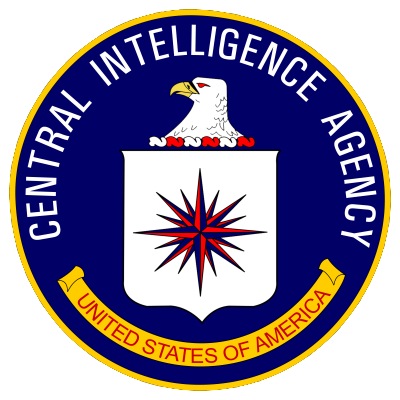

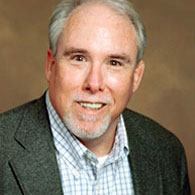
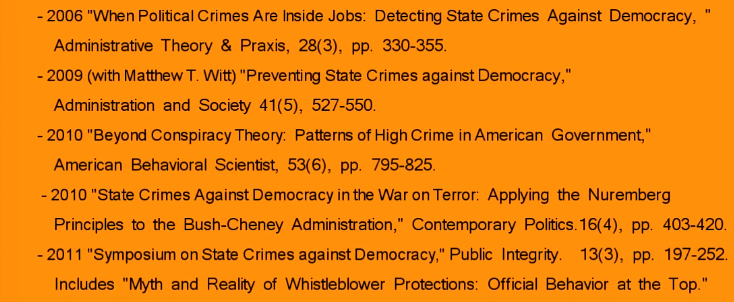
![J. Edgar Hoover on "monstrous conspiracy and morality" 475px-Hoover-JEdgar-LOC[1]](https://cognitive-liberty.online/wp-content/uploads/475px-Hoover-JEdgar-LOC1-238x300.jpg)
![The term "conspiracy theory" as a psycholinguistic tool for memetic hegemony cellular-2026427_960_720[1]](https://cognitive-liberty.online/wp-content/uploads/cellular-2026427_960_7201-150x300.png)

![Operation Mockingbird page2-701px-Family_jewels_of_the_Central_Intelligence_Agency.pdf[1]](https://cognitive-liberty.online/wp-content/uploads/page2-701px-Family_jewels_of_the_Central_Intelligence_Agency.pdf1_.jpg)

